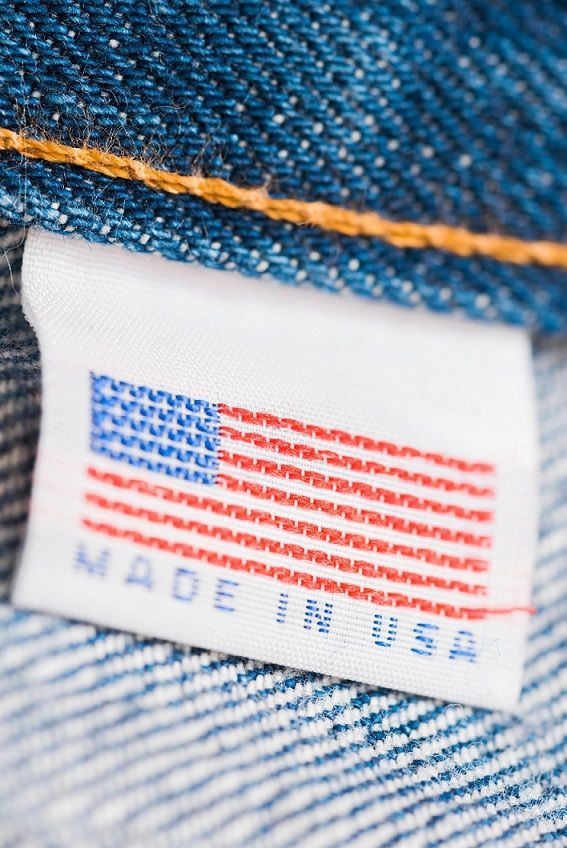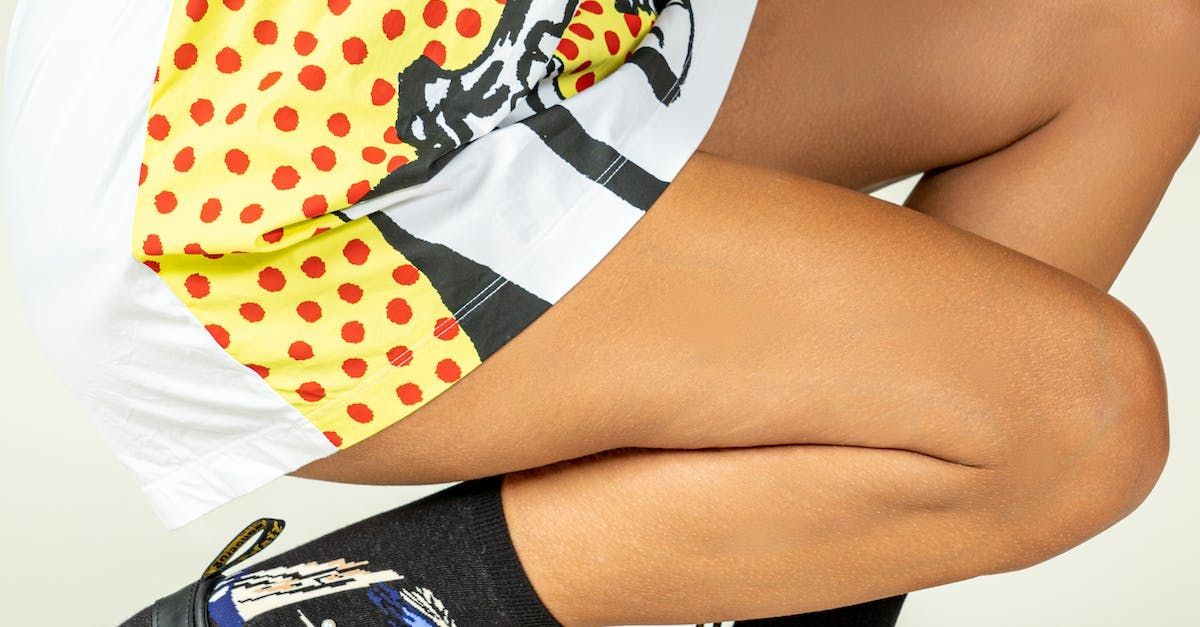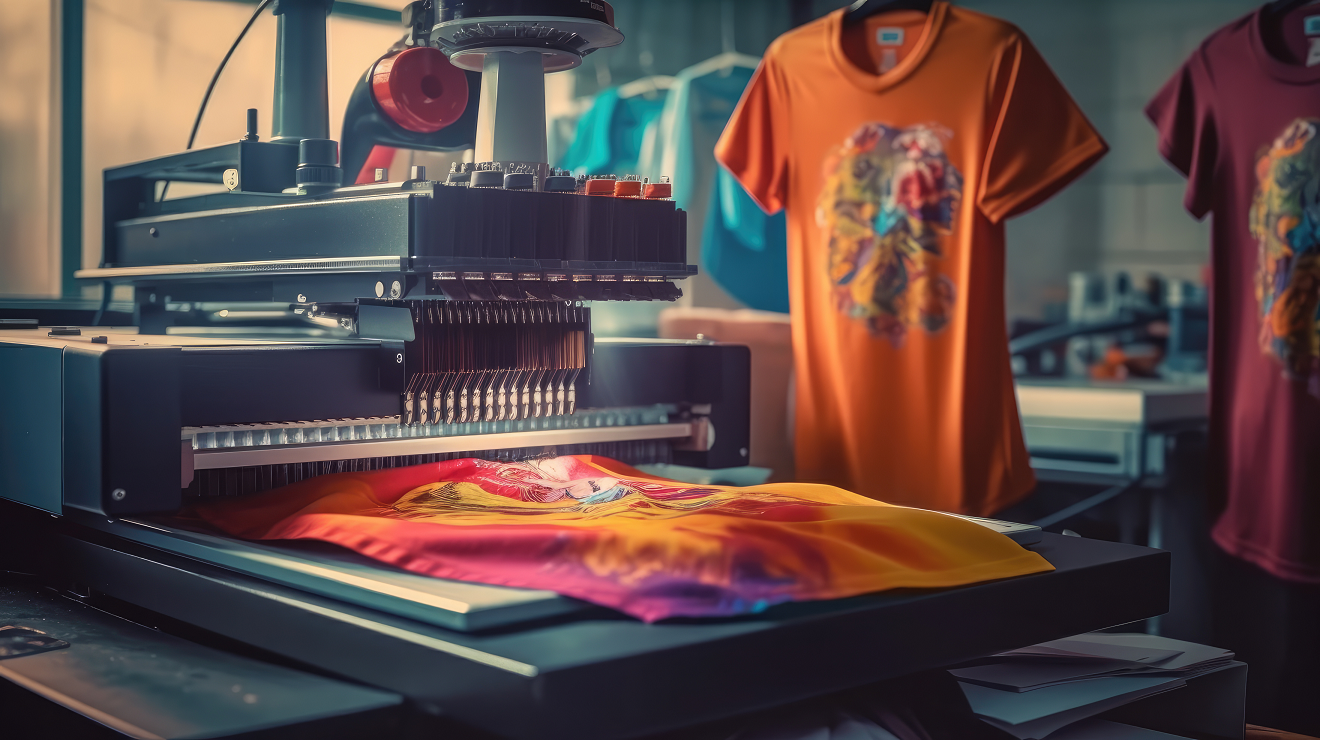The Future of 'Made in America': Sweet or Bleak?

The current emphasis on American made apparel is due to a variety of factors. This is true for a number of reasons, including the fact that it is continually making more economic sense for clothing brands to consider it.
Apparel produced in the United States may actually be more cost-effective when shipping and other import charges are taken into account. Clothing made in the United States can benefit the US economy and add jobs. The demand for apparel manufactured in America is also rising as more individuals become aware of the working conditions in other nations.
The pressure is on for US clothing brands to look more to onshoring their production process and offering made in the USA apparel.
How Covid nudged American made clothing brands forward
While US clothing and shoe brands sourced mainly from China and other Eastern nations for their garments, bags, jeans, dresses, jackets, footwear, and more, the Covid-19 epidemic would become an unprecedented factor in steering many fashion businesses toward American manufacturing.
The Covid-19 epidemic first caused production to stop in China, and then stores all over the world were forced to close. The news was nevertheless depressing, with American and European retailers canceling their orders. In many sourcing locations, cancelled orders were a cause for concern. For instance, Bangladeshi garment factory workers had seen pay cuts and job layoffs. The pandemic brought the world's fashion business to a screeching halt well beyond a single season/collection and one full line. In cities like New York, Detroit, and Los Angeles, discussions of producing locally increased as a result of this industrial unrest.
Aside from creating jobs and boosting the economy, American manufacturing would reduce the dependency on offshore production for clothes and shoes. Additionally, fulfilling orders for brick-and-mortar stores would be faster. But forcing Apparel businesses to modify their sourcing and manufacturing methods comes with added costs and challenges.
The epidemic has also compelled American buyers to rearrange their priorities. According to the Cotton Incorporated 2020 Coronavirus Consumer Reaction Study, around 70% of customers thought it was critical to support neighborhood businesses during this period. More than six in ten customers (61%) wanted to spend money on clothes that were 100% made in the USA as consumers started looking for methods to support the recovery of the economy.
History will likely show that the pandemic will have played a primary role in the rise of American made clothing brands.
Why should the American Apparel Industry Transition to Sourced and Manufactured Clothing Made in America?
The US apparel industry is one of the top players in the United States, employing over 900,000 workers across the country. According to Zippia, the United States fashion industry is valued at approximately $343.70 billion.
Nonetheless, the garments sector has faced criticism recently for outsourcing production, frequently to nations with subpar working conditions and shockingly low salaries. As a result, many consumers are pressing companies for greater transparency and responsibility, and they are becoming more committed to purchasing clothes that are produced and supplied locally. The American apparel sector should give special consideration to clothing that is produced and sourced locally for a number of reasons, among them:
Benefits for the Environment
The fact that local clothing is more environmentally friendly is one of its many advantages. The requirement for long-distance transportation, which has a large influence on the carbon footprint, decreases when garments are made nearby.
Also, American made clothing frequently uses eco-friendly and higher quality materials like organic cotton that come from surrounding manufacturers and farms. The ecology will benefit if the clothes are produced locally or in house and the materials and textiles are also obtained from the area.
Local Economy Benefits
Local clothing production and sourcing should be prioritized by the American apparel sector for additional reasons, including the positive effects on local economies. The money used to pay for labor, materials, and other related expenditures stays domestically when clothing is produced in America.
This directly and favorably affects employment and economic expansion. Your money will support the local or national economy if you shop locally for goods made locally, such as organic cotton clothing.
Better Working Conditions
Another important factor to consider is that American made clothing brands are likely to be produced in improved working conditions unlike the overseas shops. In the United States, there are laws to protect workers’ rights and ensure that they are paid fairly.
Improved Quality Control
Yet another advantage of locally sourced and clothing made in America is that it aligns with vastly improved quality control. When American made clothing is produced locally, brands have better visibility into the conditions in which it is manufactured and can more easily monitor and ensure that standards are being met.
Such is not always the case with offshore production, where apparel and footwear brands may have little-to-no intel about the working conditions and manufacturing standards and processes.
Moving in the Right Direction
While it may seem to be a '3 steps forward, 2 steps back' undertaking, 'Made in the USA' is what more and more American consumers want to see on their trendy clothing labels, and apparel and footwear distributors are preparing for it.
There are Incentives.
One warrior in the mission of onshoring production for clothing brands is the Council of Fashion Designers in America. According to an article published, the Fashion Manufacturing Initiative (FMI) was launched in partnership with Andrew Rosen and premier underwriter Ralph Lauren and in collaboration with the New York City Economic Development Corporation. This team established full support of American made clothing brands by offering grants to domestic manufacturers under the FMI Grant Fund which upgraded machinery and technologies. The grant also facilitated training, connected designers and factories via a Production Directory, and has been instrumental in keeping New York City production lines optimized. The idea, which is inspired by the CFDA/Vogue Fashion Fund, gives resources to up-and-coming designers including mentoring and visibility to help them grow their businesses. The new program is a Fashion Fund for manufacturers, who can submit funding requests. If selected, they will get a grant, access to business resources, and guidance from experts in the field.
Also pitching in is the US department of agriculture (USDA) who, in April committed $50 million to assist eligible clothes manufacturers of worsted wool suits, sport coats, pants or pima cotton dress shirts; pima cotton spinners; and wool fabric manufacturers and wool spinners in becoming American made clothing brands.
Here's another one: In order to increase Brooklyn's presence in the fashion sector, create new opportunities for New Yorkers, and strengthen the city's economy, the mayor of New York City, Eric Adams, announced a partnership with the New York City Economic Development Corporation in February. The Made in NY Garment Hub was designed to be a location for expanding workforce training and creating new opportunities in apparel manufacturing, fashion design, and other related industries.
More jobs
Onshoring the workforce is a much-needed step in the right direction. By adding jobs to the manufacturing sector, it would not only assist in improving working conditions for laborers who assemble garments but would also provide substantial aid in stimulating the economy.
Sustainability Opportunities and Compliance
With sustainable practices being a hot topic in the apparel and footwear industry, clothing brands are considering shifting more to on-demand production, which can minimize waste and maximize turnaround times. This is likely best achieved with more local manufacturing, which is another notable step in American made clothing initiatives.
New York
A bill to outlaw the use of perfluoroalkyl and polyfluoroalkyl substances (PFAS), also known as "forever chemicals," in clothes was approved by the New York state senate in May. The measure concentrated on "intentionally added chemicals," or those that have been added to a product with specific purposes in mind.
California
Similar to NY, California also introduced a bill to ban PFAS from being used in new textiles and fabrics which was approved by the State Assembly in August. In October, it was made a law.
The final proposed 2022 Scoping Plan, a strategy to combat climate change that reduces greenhouse gas emissions by 85% and reaches carbon neutrality by 2045, was adopted by the California Air Resources Board in December. The state's inhabitants who are disproportionately affected by pollution caused by transportation will benefit from the plan's shift away from fossil fuels.
Massachusetts
Beginning on November 1, Massachusetts state implemented new waste ban regulations that encourage recycling and reuse, limit trash disposal, and support the expansion of recycling businesses. Mattresses and textiles cannot be disposed of in the trash, per the legislation. Also, the state's department of environmental protection unveiled a fresh funding program to support the development of the infrastructure for collecting textiles, mattresses, and food waste.
E-Commerce
The Integrity, Notification and Fairness in Online Retail Marketplaces (INFORM) for Consumers Act, which requires online platforms to verify the identity of high-volume third-party sellers by authenticating the seller's name, tax ID, bank account information, and contact information, was one of three consumer protection and commerce bills that the US House of Representatives passed late this year.
This increased transparency will make it easier for consumers to contact these vendors and seek redress, which will help combat the online sale of products that are stolen, fake, or harmful.
It's Not Without Hurdles, However
There is a relatively slow transition into US sewn goods manufacturing, so sourcing may be a challenge. As demand increases for American made clothing, so will the capacity to domestically make it, but can the manufacturing infrastructure truly keep up with and meet that demand, initially? Probably not.
Unlike the workforce in China, the US is struggling to find workers willing or immediately able to take on the task of cutting and sewing pants, or jackets, or shirts, Operating the kind of machinery it takes to assemble a suit, or hats, or dresses for their clothing brand is a skillset that most don't currently have, and many seem to have disinterest in learning. Moreover, there are over 10 million job openings today. An aging population combined with lower immigration could cause the labor shortage to persist in the years to come.
"It's on the agenda". Many clothing brands are keeping the option to onshore in a tunnel of intention with little to no light at the end of it. While the ROI may prove to be fruitful in the long term, the initial expenses in transitioning to domestic production can be steep. Couple that with the added current day priorities of managing a compromised supply chain and other challenges, it's just not something compelling enough for many clothing brands to take on, just yet. The smaller and newer the clothing brand, the better the opportunity for onshoring production.
Short Term Pains, Long Term Gains
"Buy it over there, build it over here". Some clothing brands are making the trek to US production, but many are still purchasing their raw materials overseas. This is much like the American car with foreign parts. It's definitely a move in the right direction, but it speaks clearly to the challenge of limited resources and availability of textiles and notions here in the states.
More software, more money. For clothing brands aiming to take on in-house production, automation and system processes to support manufacturing must be considered. For those with a robust, scalable apparel management software solution, it may be as easy as configuring the application or adding on the module to support raw material inventory and tracking, component costing, planning, scheduling and bundling. For others, it can be an added expense.
Will consumers have to pay more for American made clothing brands? Likely, yes. A November Goldman Sachs report, for example, reports reshoring could have "inflationary repercussions," and that among the efforts US companies are taking to improve supply chains, "reshoring poses the risk of boosting prices". For a smaller clothing brand, this could be a major issue.
The Risk/Reward Factor
Do the rewards outweigh the risks? That is a question many are asking. The benefits are most certainly measured in margins, the upgraded stability of the supply chain, customer loyalty, and for some, heartfelt patriotism. Balancing the initial hardship risks of onshoring against the long range opportunities of 'made in the USA' success is likely on the minds of US clothing brands.
A List of American Made Clothing Brands
Want to learn more about some of the 'Made in USA' players? Click here!


We will get back to you as soon as possible.
4325 Alexander Drive, Suite 100
Alpharetta, GA 30022-3740
Apparel Business Systems | All Rights Reserved








